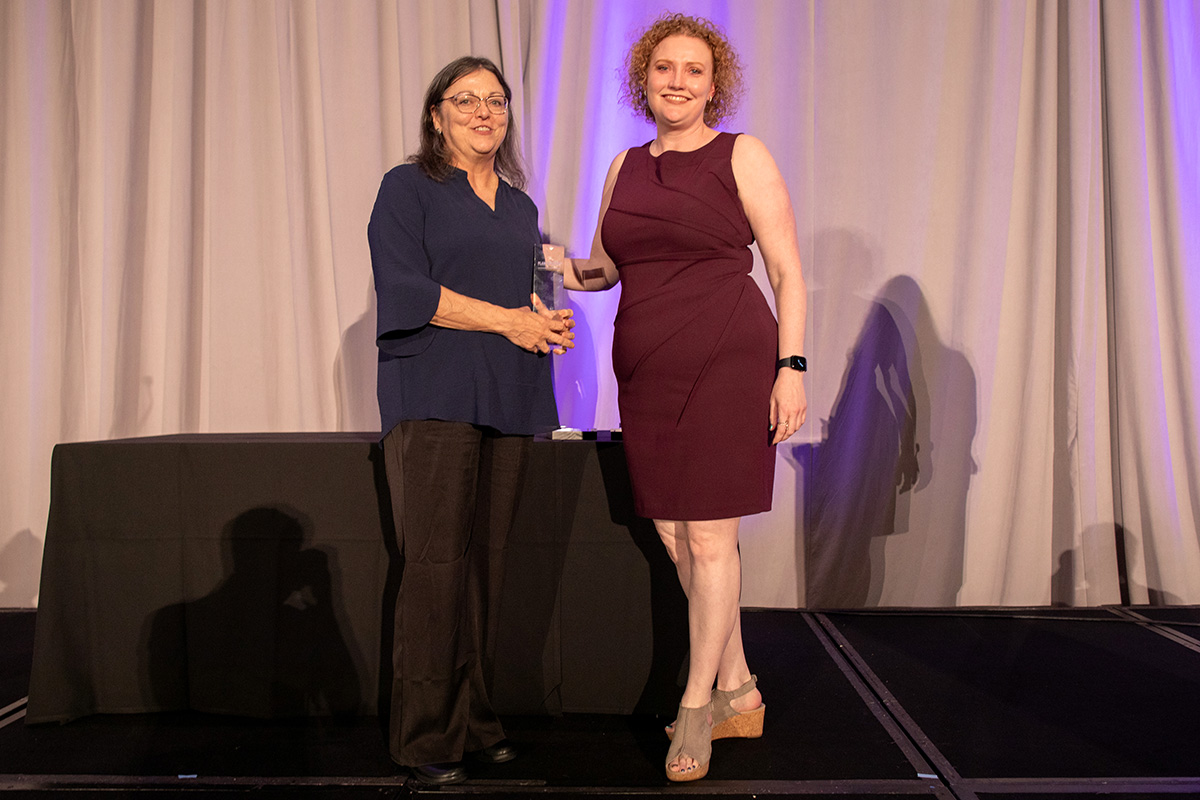Chief Human Resources Officer
-
Location:Hyde Park, New York
-
Plan:403(b)
-
Total Plan Assets:$214mm
-
Number of Participants:1,556
-
Average Deferral Rate:8.5%
-
Default Deferral Rate:4%
-
Default Investment:TIAA Lifecycle Funds (Age-Banded Retirement Funds)
-
Automatic Enrollment:
-
Automatic Escalation:
-
Employer Contribution:3% of up to 33% of Social Security base + 6% of >33% of Social Security base + 100% match of up to 4%
-
Recordkeeper:TIAA
-
Adviser:CAPTRUST
-
Financial Wellness Educator:CAPTRUST
The sponsor of The Culinary Institute of America plan took proactive steps to increase participation and tailor the plan to employees’ specific needs. “We’ve gone through a process over the past five years that might not be cutting edge in the broader world, but is in higher education,” says Shaynan Garrioch, chief human resources officer at The CIA. In 2019, the college and culinary school, whose main campus is in Hyde Park, New York, decided to implement automatic enrollment into its 403(b) plan to boost mediocre participation.
The plan committee set the auto-enrollment default deferral rate at 4% to correspond to the sponsor’s 4% match, also retaining the nonelective employer contribution, which started at 3%. The change yielded results almost immediately. Plan participation jumped from 67% to 96%.
That success owed to not only auto-enrolling new employees but also to sweeping in participants who contributed less than 4%.
Additionally that year, the committee, composed of representatives from human resources, finance, education and the administration, decided to take further action to get employees up to a target 15% deferral rate.
“[Committee members] realized they might not be able to put more money into the plan, but they could focus on getting employees more interested and enrolled in the plan,” says Beryl Ball a financial adviser with CAPTRUST.
So, the school implemented automatic escalation. The plan now boasts an overall contribution rate of 16.5% and an average account balance of $138,000.
The CIA worked with CAPTRUST to design communication programs to explain the changes. The plan received little pushback from employees following the implementation.
“Our employees really appreciate that we’ve put the automatic elements in place because some employees don’t get to focusing on retirement savings until it’s too late,” Garrioch says.
Moreover, the school’s holistic wellness efforts included adding financial wellness programs. For instance, employees can earn points toward a discount on their health insurance for meeting one-on-one with a financial counselor and completing a financial plan. Besides discussing their retirement-saving progress, many employees use the opportunity to get advice about other personal financial concerns.
Surveys taken after these meetings show a satisfaction rate exceeding 95%, Garrioch says.
“We have employees starting to build those relationships with advisers, which helps them be more comfortable discussing their level of risk or the changes they want to make,” she adds.
What is even more important, participants take action after the meetings. Plan data show that they are likely to increase their contributions or choose more appropriate investment options.
—Beth Braverman


 Get the latest news daily
Get the latest news daily